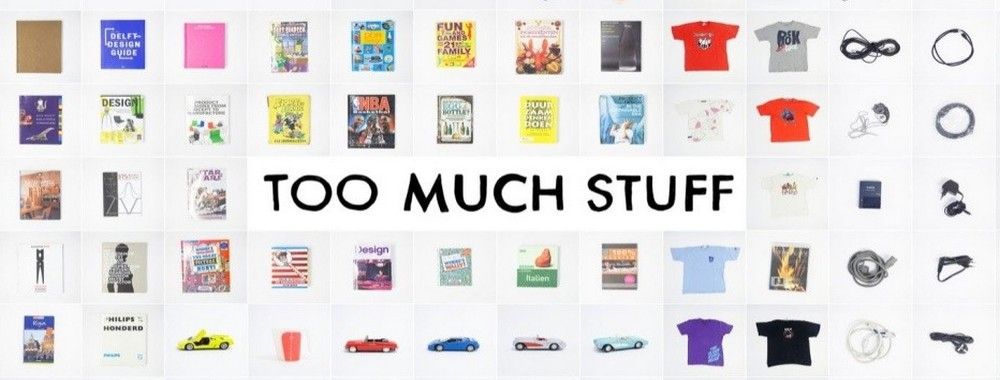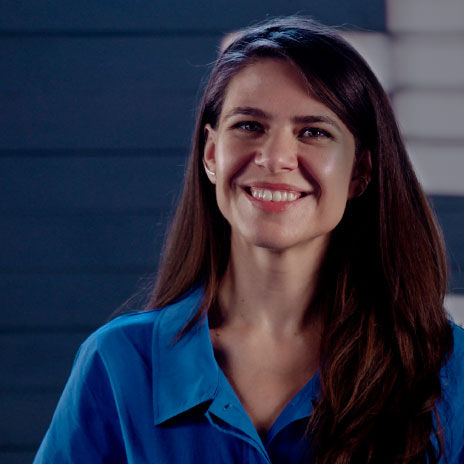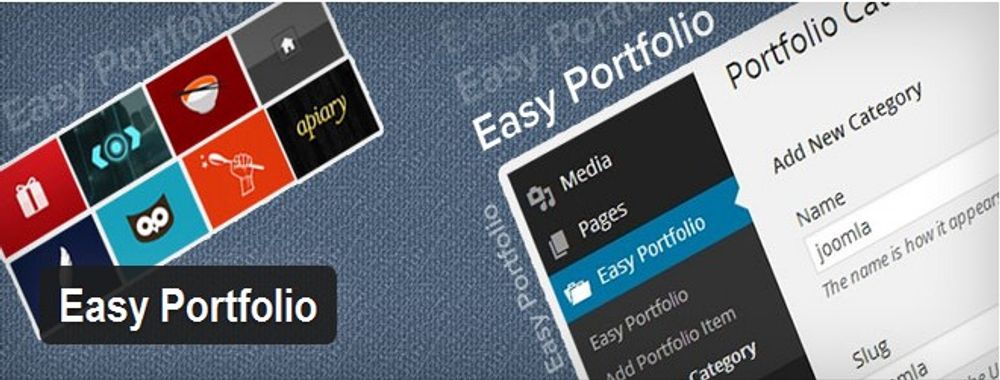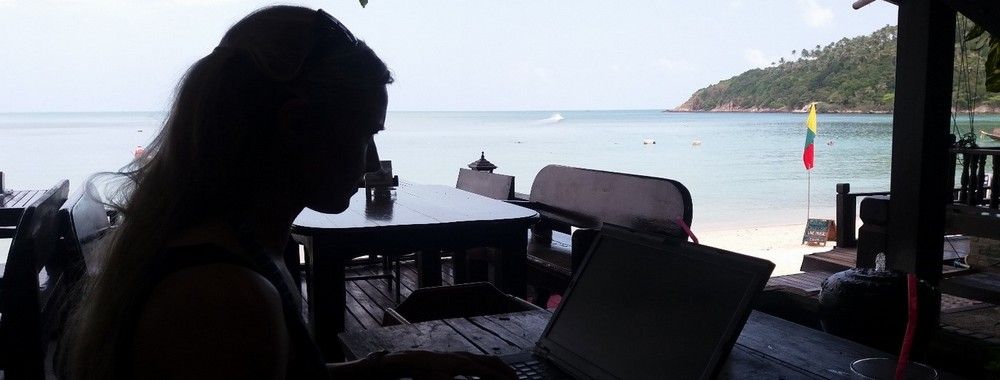One of the biggest challenges facing a new digital nomad is what to take along. You can’t (unless you’re going to hire a large van and drive everywhere—which several digital nomads actually do) normally take all your belongings with you when your main focus in life is travel.
That means learning to downsize your life so that you can easily accommodate it in a single suitcase or backpack and a single piece of carry-on luggage. While this may be challenging and even a little horrifying at first, many nomads report that—once the process is complete—they find that they are no longer particularly materialistic and that they enjoy the freedom from “stuff”. Often, most of our possessions own us more than we do them, hence why this can be so liberating to boot.
The smart digital nomad shares the motto of Ludwig Mies van der Rohe (one of the most influential architects of the 20th century) – “Less is more.”
The First Decision – Backpack vs. Wheeled Cases
This subject is hotly debated on digital nomad forums and in co-working spaces everywhere. Some nomads like to carry everything in a backpack. They argue that it allows them to go anywhere (even where roads, pavements, etc. suck) at a whim.
Others prefer a wheeled case, pointing out that they don’t have to carry anything and that in much of the world—wheeled cases are easier to pack and unpack, easier to fit into lockers, baggage compartments, etc. and are more secure.
It’s a personal decision but an important one. If you’re going to live your life on the road for any length of time, you want baggage that suits the way you like to operate. What’s the author’s preference? She used to travel the world with a backpack, but now she’s a wheeled-case kind of person.
When buying your main case or backpack (the big one which is also called “hold luggage”), make sure that you don’t buy something too big or too heavy. Most airlines limit hold luggage to 20 Kg (44 lbs); there’s no point in buying something too big (unless you want to spend a lot in excess baggage charges), and it’s better to buy something light so that you can get a little more baggage in that 20 Kg limit.
For the smaller case or backpack—i.e., for carry-on—it’s a good idea to check the low-cost airline’s regulations for carry-on luggage before buying something as usually the low-cost airlines allow for the smallest and lightest carry-on cases or backpacks. Carriers are constantly changing the “maximum” size values for carry-on, and while enforcement is often lax for these requirements—you definitely don’t need the hassle of being told: “Sorry, that’s not coming on the plane,” at check-in, either.
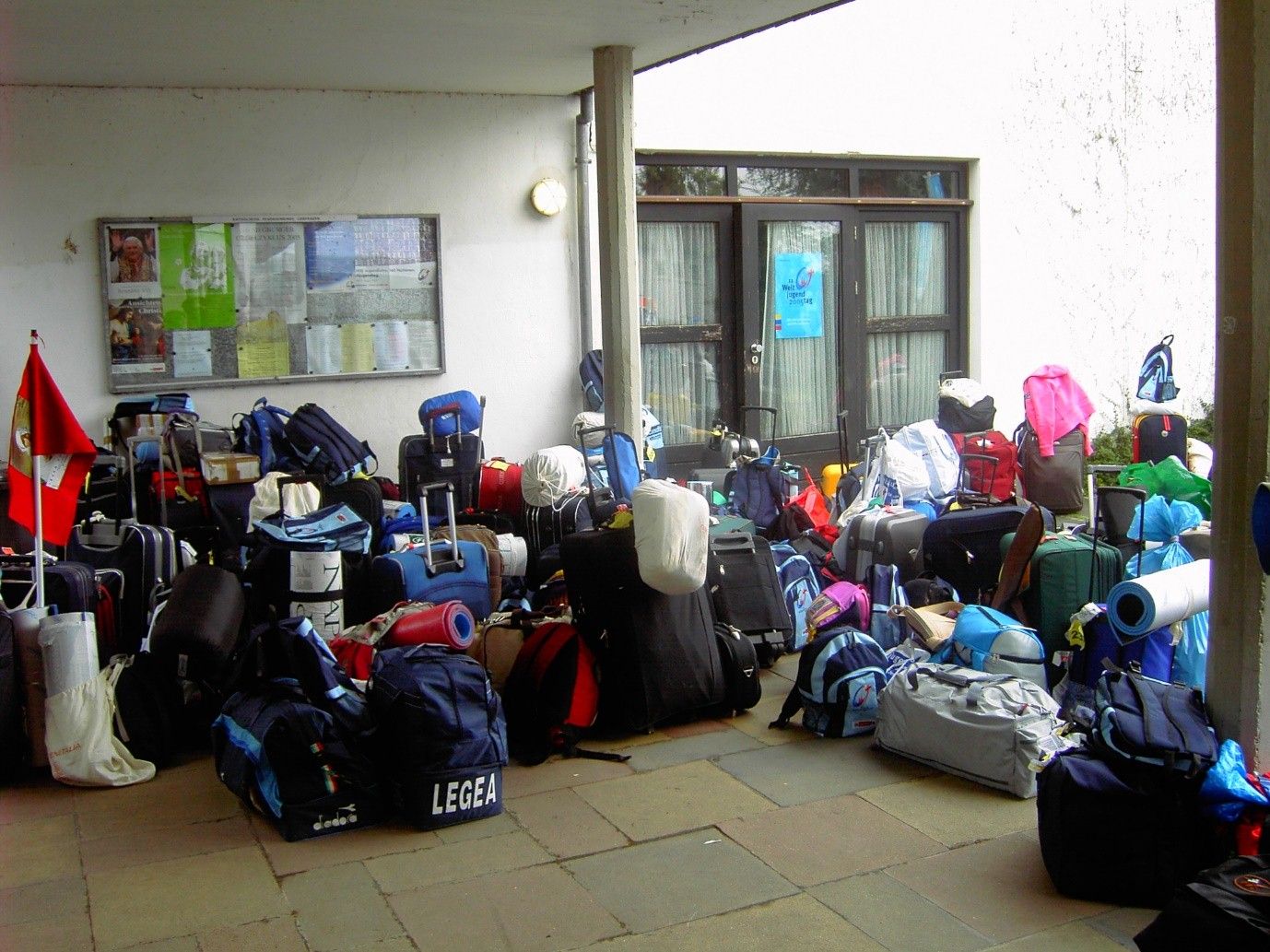 Author/Copyright holder: User:Yoshi. Copyright terms and licence: CC BY-SA 3.0
Author/Copyright holder: User:Yoshi. Copyright terms and licence: CC BY-SA 3.0
This isn’t a decision which really requires too much attention – which do you like best: wheels or a backpack? Go for it!
The Second Decision – Essential Items
The next step in the process is to determine what is essential to your nomadic lifestyle. It’s best to start with your business equipment and then move on to personal possessions.
Business Equipment
A typical digital nomad will often need some or all of the following:
- A laptop and charger
- A smartphone and charger
- A camera
- An external hard drive
- Noise-cancelling headphones and/or earplugs
- A headset for Skype
- A computer mouse
- A Kindle (or another e-reader or tablet)
- An MP3 player
Ideally, because these possessions are valuable—they need to fit in your carry-on luggage and come in at under the carrier’s weight limit for your flight. Expensive items placed in hold baggage have a horrible habit of going missing or getting damaged—or both—and neither carriers nor travel insurers will pay for replacements.
 Author/Copyright holder: Benjamin.nagel. Copyright terms and licence: CC BY-SA 3.0
Author/Copyright holder: Benjamin.nagel. Copyright terms and licence: CC BY-SA 3.0
Apple kit is very popular among digital nomads—but don’t feel left out if you’re a PC professional – it really doesn’t matter as long as you have the tools to do your work with.
Personal Possessions
After you’ve determined your essential business kit—you can start looking at personal possessions. A good rule of thumb is to carry no more than a week’s worth of clothes (and no more than two pairs of shoes or sandals) and as few toiletries and other items as you can get away with.
Ideally, this should come in at much less than the airline’s 20-Kg weight limit. Most nomads pack far less baggage than airline weight allowances, especially if they like to visit new destinations often. Most often, 10–15 Kg in total will be sufficient.
However, if you have a baby and you love scuba diving and you know that you’ll be living and working on a tiny tropical Thai island without any shops for three months—then you’ll have to pack 450 diapers, loads of mosquito spray, sunscreen, and your scuba equipment. Yes, some digital nomads do in fact live like that. Excess baggage is charged per kilo, and on many routes a few extra kilos of baggage can cost more to ship than your flight ticket. On the other hand, if you know that you will be carrying a lot of baggage before you buy your flight tickets, you’ll most often be able to purchase 5–10–20 extra kilos of baggage for a very cheap price.
The Rule of Thumb
Tim Ferriss, author of the popular digital nomad guide, The Four-Hour Workweek, and many other experienced travellers recommend a simple rule of thumb for digital nomad travelling:
If at all possible, buy what you need at your destination and never buy what you can borrow instead.
Wherever you go in the world, most things you need will be easy to buy, so if it comes to a choice between excess luggage fees and shelling out for a new toothbrush – the latter is the better option. It’s worth noting that clothing for larger people can be difficult in some places (much of Asia) and for smaller folks in others (Polynesia, for example); it’s also worth checking to see if the things you need are easily available before leaving them out of your luggage. Such are the realities—know before you go.
Many hotels will let you borrow an umbrella, for example—an umbrella can be a complete PITA to carry around in luggage – so if you can borrow an item, don’t buy it.
 Author/Copyright holder: VFS Digital Design. Copyright terms and licence: CC BY 2.0
Author/Copyright holder: VFS Digital Design. Copyright terms and licence: CC BY 2.0
It’s very rare to find a hotel without an umbrella. It’s also pretty rare to find that a new one costs more than a few dollars in most of the developing world.
The Take Away
In order to travel a lot, you need to downsize your life. The good news is that it’s a freeing experience and makes it much easier to enjoy digital nomad life.
If you like to move around a lot, your luggage should reflect that by being super-light. On the other hand, if you plan to settle in one home base for several months—or if you go to places where there are no shops—you will most often have to pack more things.
You don’t have to throw everything else you own away; you can always put it into storage or rent out your apartment including your furniture, but many people choose to sell off almost everything which they are not bringing along and perhaps just store a few sentimental items with a friend. The choice, as always, depends on the individual digital nomad.
References & Where to Learn More
Hero Image: Author/Copyright holder: davehakkens. Copyright terms and licence: Fair Use
Tim Ferriss, The 4-Hour Workweek, 2007
Yukio Futagawa, Mies van der Rohe, Library of Contemporary Architects, 1970
